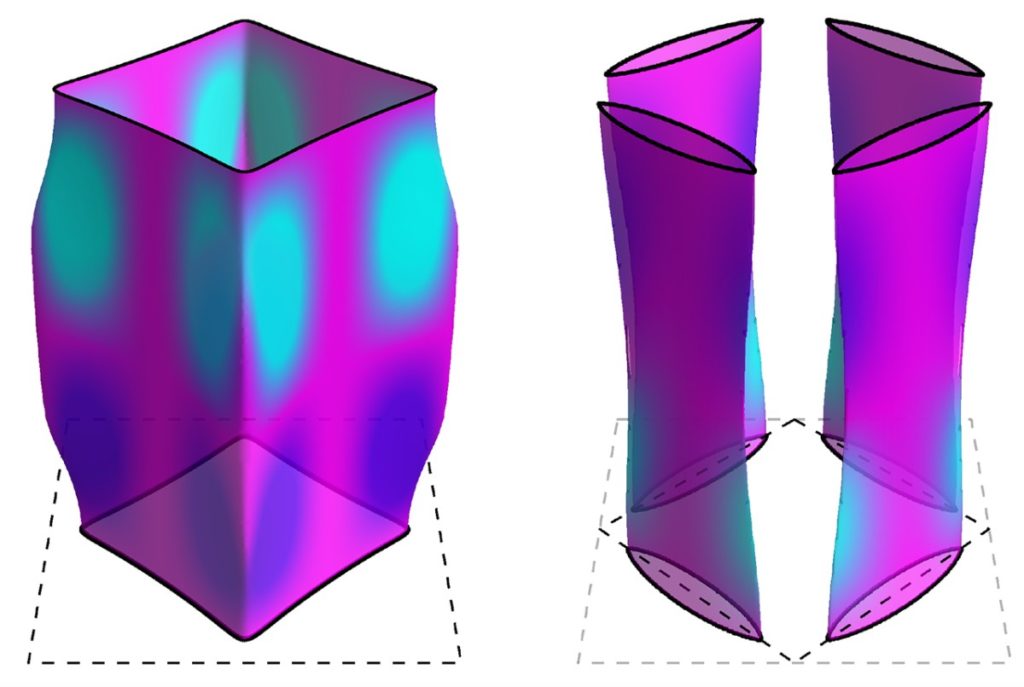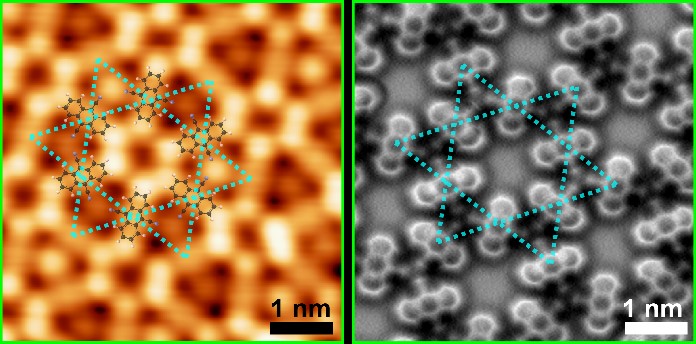
There are several theories about how Earth and its moon were formed, most involving a giant impact. Now scientists at the University of Leeds and the University of Chicago have analyzed the dynamics of fluids and electrically conducting fluids and concluded that Earth must have been magnetized either before the impact or as a result of it.
They claim this could help to narrow down the theories of the Earth-moon formation and inform future research into what really happened. Their work is published in Proceedings of the National Academy of Sciences.
Professor David Hughes, an applied mathematician in the School of Mathematics at the University of Leeds, said, “Our new idea is to point out that our theoretical understanding of the Earth’s magnetic field today can a...
Read More









Recent Comments